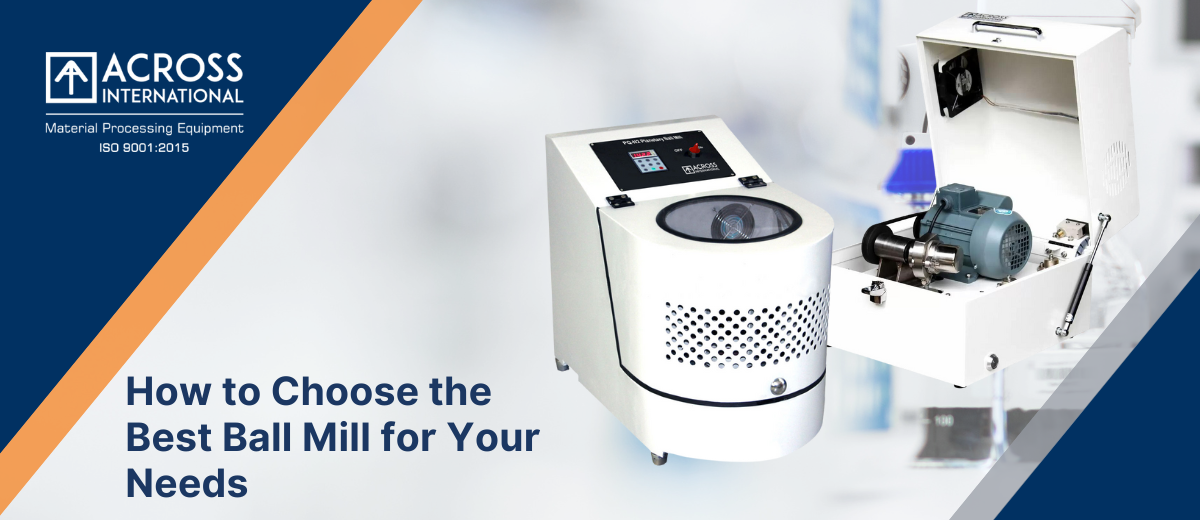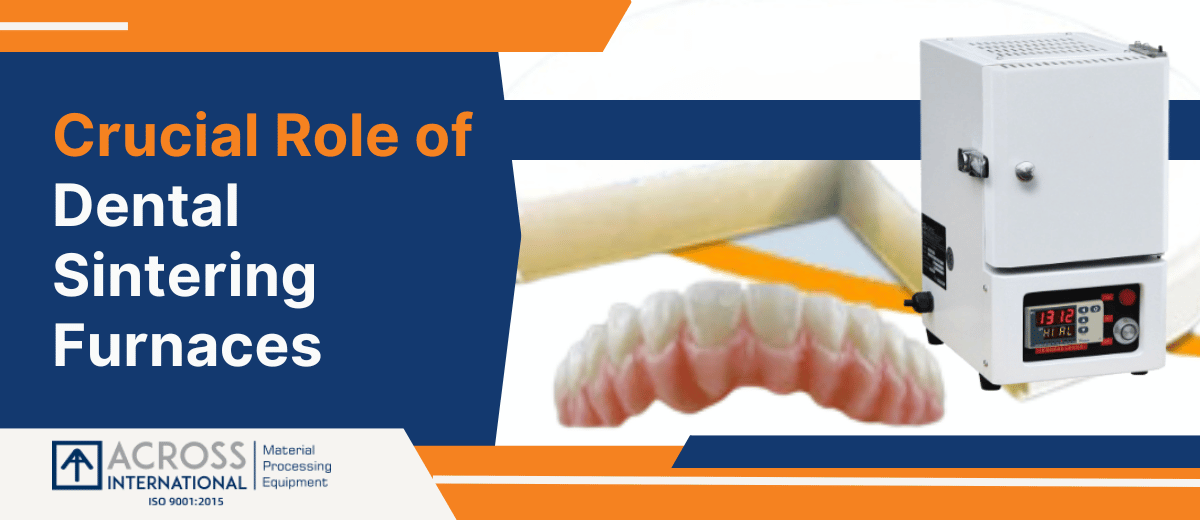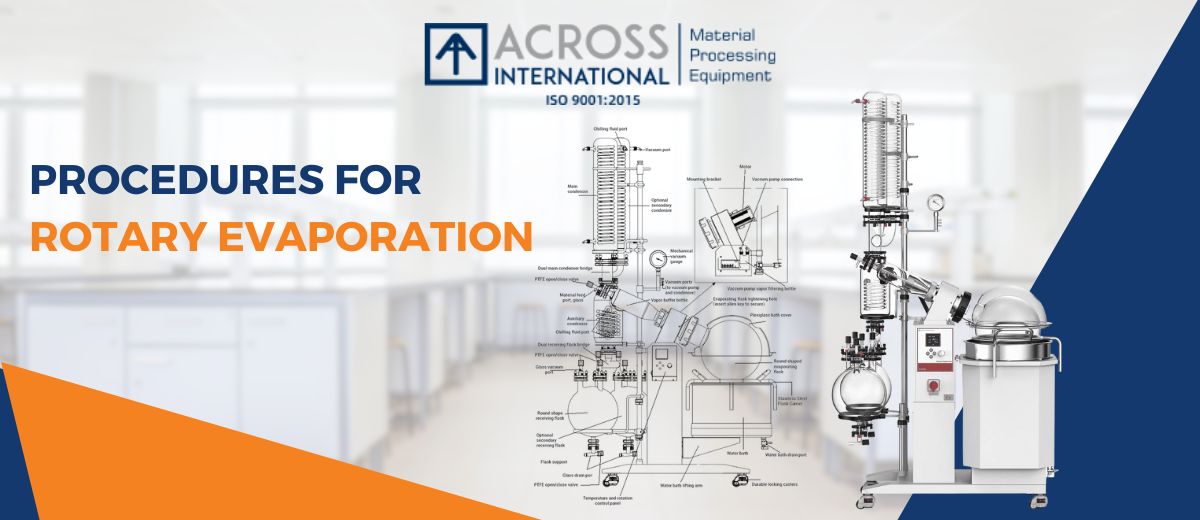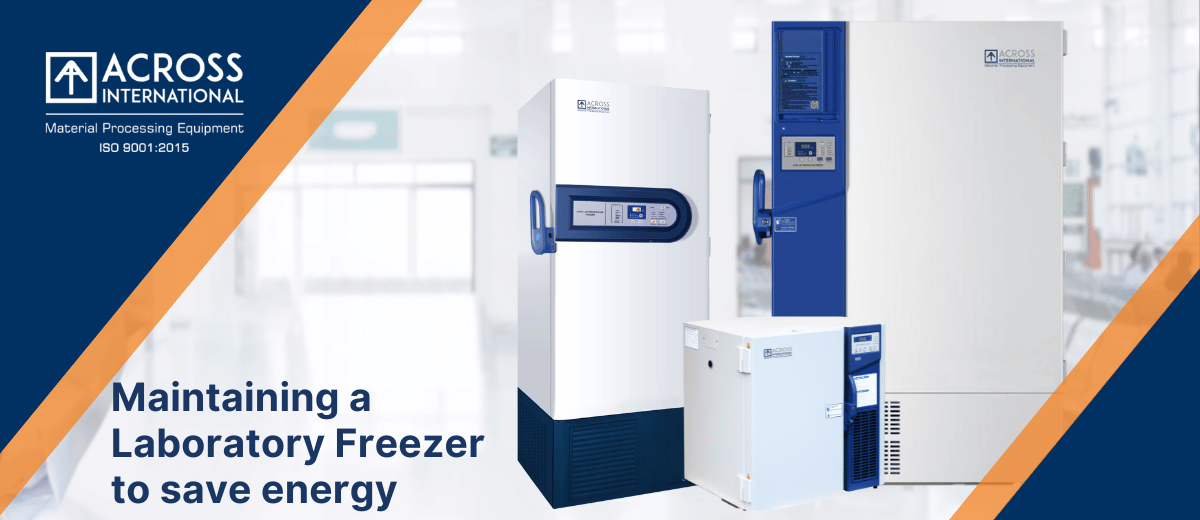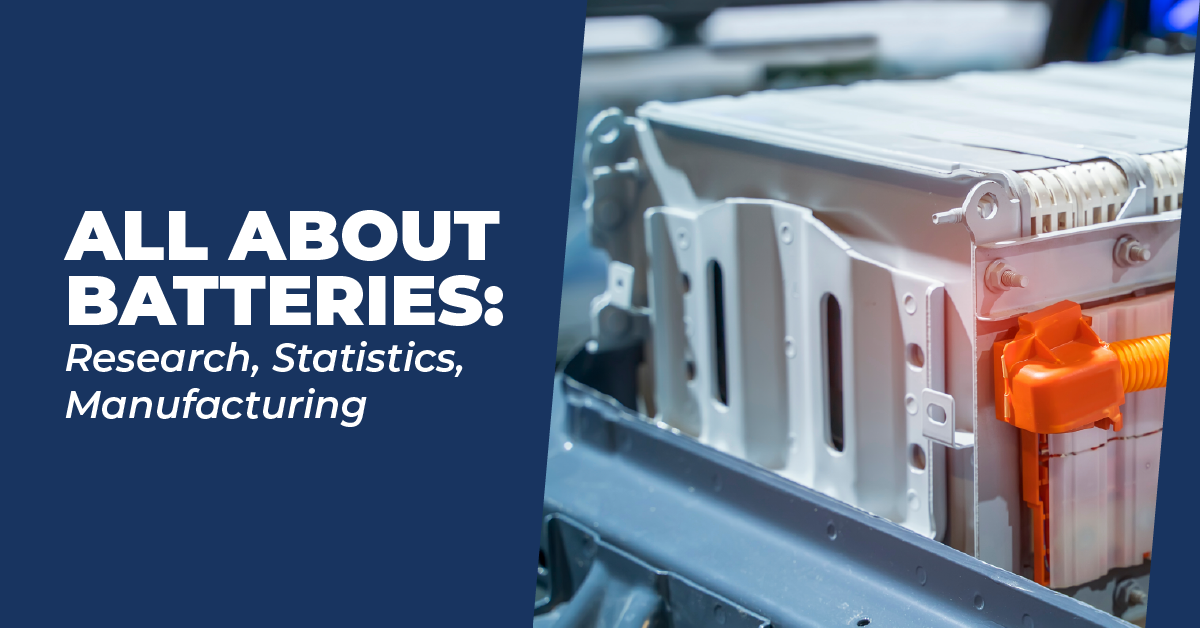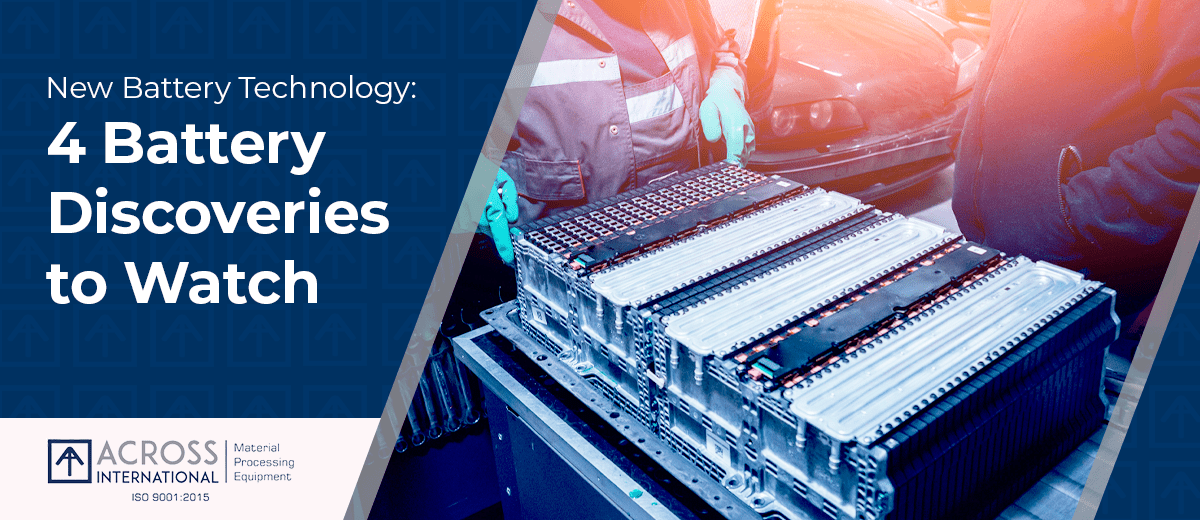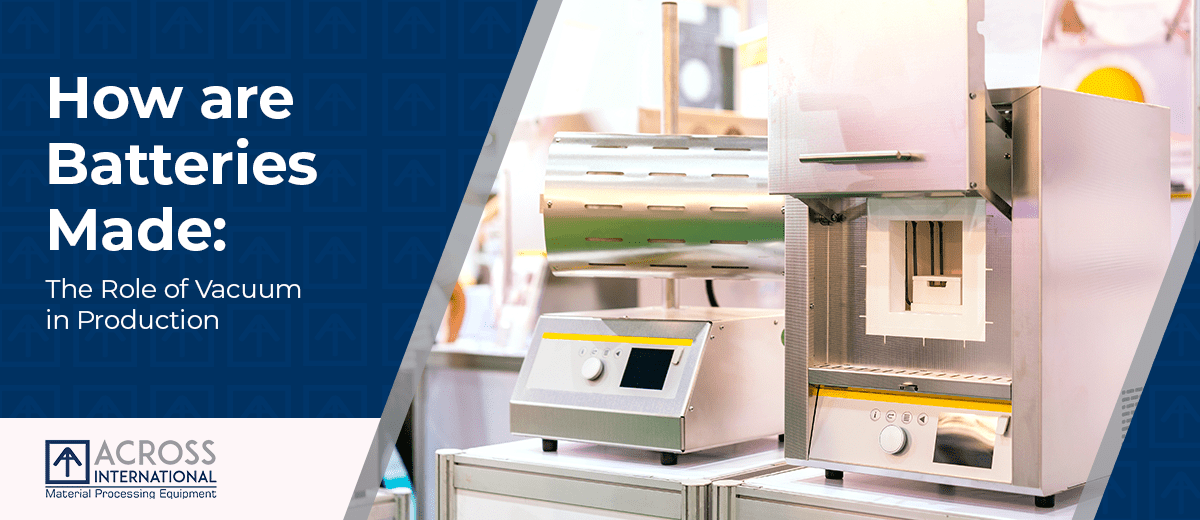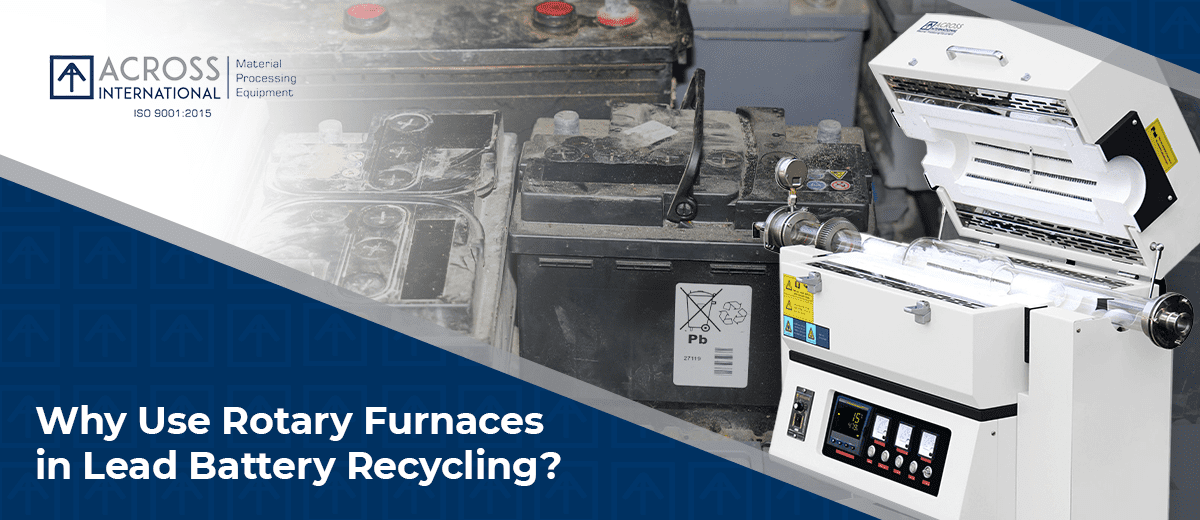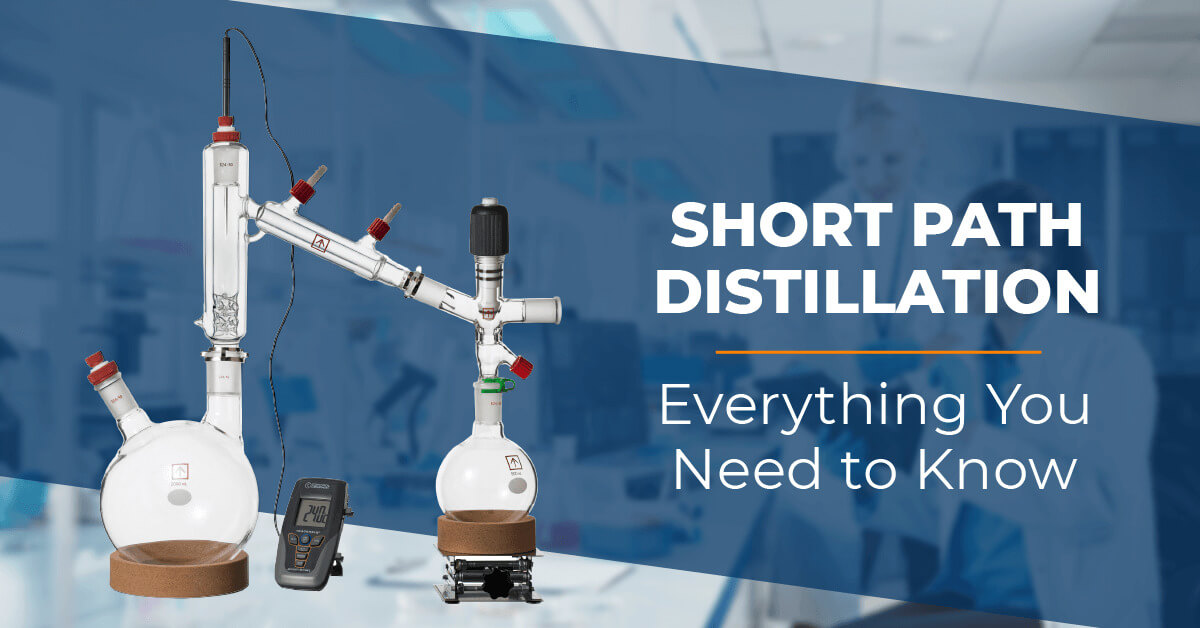We use cookies to make your experience better. To comply with the new e-Privacy directive, we need to ask for your consent to set the cookies. Learn more.
Selecting the right lab chiller
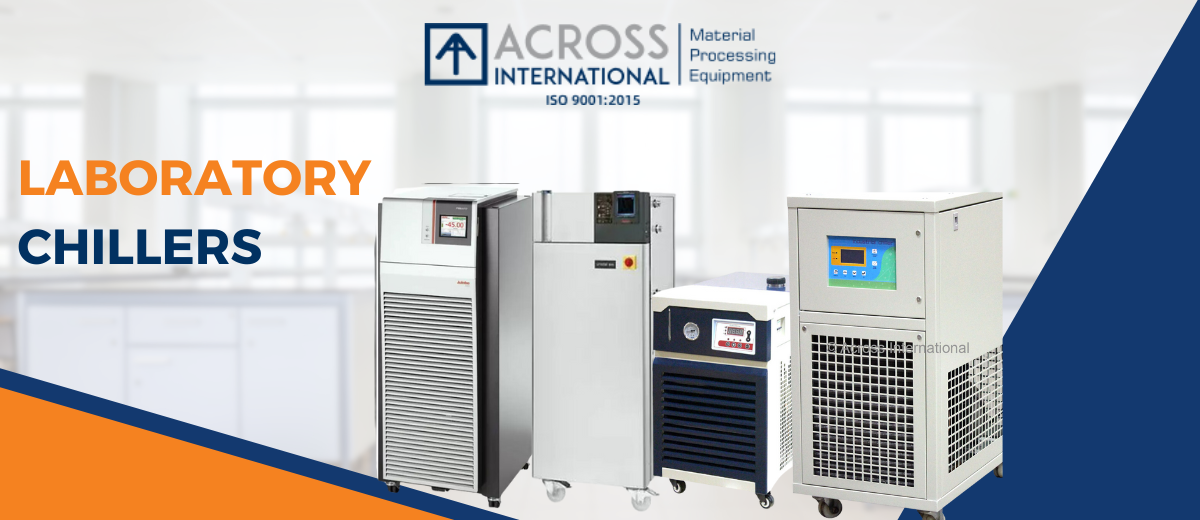
Lab chillers are essential equipment in many laboratories, as they provide precise temperature control for various applications. Their workings involve a closed-loop system based on the principles of thermodynamics and heat transfer. Here's a breakdown of how they operate:
Components:
Compressor: The heart of the chiller, responsible for compressing the refrigerant gas at high pressure and temperature.
Condenser: Where the hot, compressed refrigerant gas releases its heat to the surrounding environment (air or water) and condenses back into a liquid.
Expansion valve: Controls the flow of refrigerant and reduces its pressure and temperature, causing it to evaporate.
Evaporator: Here, the low-pressure, cold refrigerant absorbs heat from the liquid circulating through the chiller, cooling it down.
Circulating pump: Propels the chilled liquid through the closed loop, transferring the coldness to the intended object or equipment.
Lab Chiller Components
Operating Cycle:
Refrigeration: The compressor pumps the refrigerant gas, increasing its pressure and temperature.
Condensation: The hot refrigerant gas flows through the condenser, releasing its heat to the surrounding environment and condensing back into a liquid.
Expansion: The liquid refrigerant passes through the expansion valve, experiencing a sudden drop in pressure and temperature, causing it to partially evaporate.
Evaporation: The cold, low-pressure refrigerant enters the evaporator, where it absorbs heat from the circulating liquid passing through the coils. This chilled liquid then exits the evaporator to cool the desired object or equipment.
Circulation: The pump continuously circulates the chilled liquid through the closed loop, maintaining a constant temperature.
The cycle repeats continuously, ensuring consistent cooling as long as the chiller is operating.
Lab chillers come in various types, including air-cooled and water-cooled, each with its own advantages and limitations.
The choice of chiller depends on factors like the required cooling capacity, temperature range, and space constraints.
Proper maintenance and regular cleaning are crucial for optimal performance and longevity of the chiller.
Selecting the right lab chiller is crucial for ensuring successful experiments and efficient lab operations. It's an investment, so careful consideration is key. Here are some factors to guide your choice:
Cooling Capacity: This is the heart of the matter. It determines how effectively the chiller can remove heat. It's measured in watts or BTUs per hour. To gauge your needs, consider:
Volume of liquid to be cooled: More volume requires higher capacity.
Desired temperature change: Larger changes need more power.
Heat load from equipment or processes: Calculate heat generated by connected equipment.
Aim for a capacity slightly exceeding your needs, accounting for future expansion.
Temperature Range: Different experiments require specific temperature spans. Chillers offer varying ranges – some cater to a narrow window, while others offer broader versatility. Choose a range that encompasses your current and potential temperature needs.
Energy Efficiency: Lab chillers run continuously, so energy consumption matters. Look for features like:
Variable speed drives: Adjust pump and compressor speed to match cooling demand, reducing energy use.
Smart compressor technology: Optimizes compressor operation for efficiency.
Advanced refrigeration cycles: Minimize energy loss during the cooling process.
Energy-efficient models may cost more upfront, but long-term savings on electricity bills can be significant.
Type of Chiller: Consider your cooling needs and lab setup:
Recirculating chillers: Most common, use a closed loop of liquid to cool various equipment.
Waterless chillers: Utilize heated/chilled metallic beads for temperature control, eliminating water contamination risks.
Orbital/reciprocal chillers: Provide agitation for uniform sample temperature in certain applications.
Space and Footprint: Lab space is precious. Choose a chiller size that fits your layout comfortably. Compact designs optimize space without compromising performance.
Additional Features: Consider noise levels, ease of use, control interface, data logging capabilities, and compatibility with existing equipment.
Budget and Maintenance: Chillers vary in price. Set a realistic budget and factor in ongoing maintenance costs like filter replacements and service contracts.
By carefully considering these factors, you can select the right lab chiller that meets your specific needs, promotes efficient operations, and supports successful research endeavors.
Manufacturers of lab Recirculating chillers :
Over the years, we have seen many reliable manufacturers for laboratory chillers. Each of these companies consistently produces equipment that is durable and reliable. Across International provides solutions for applications ranging from laboratory scale to industrial scale.
This selection includes thermostats that can be attached to various vessels allowing users to customize their applications. As well as complete systems and immersion chillers. They even have process control systems capable of ranging from -125 to 425°C.
Across International is a leading manufacturer of temperature control devices, with over 25 years of experience. Our ISO 9001:2015 certified factories produced some of the most efficient and affordable temperature control solutions on the market. With temperature ranges from -80C up to 200C reciruulating chillers, and cooling powers as high as 12KW, Ai provides robust and reliable units along with world class customer support and service.
Polyscience Chillers covers applications from benchtop chillers to industrial chillers. High-capacity chillers are built for operation in high-temperature environments, with ambient conditions as high as 40°C/104°F. Their benchtop chiller models are ideal for uses like spectrophotometers and rotovaps.
Huber Industrial Chillers products ensure precise temperature control in laboratories, pilot plants and production processes. The product range offers solutions for all thermoregulation tasks from -125 to +425°C
Julabo recirculating chillers combine a continuous flow of temperature-controlled liquid with a high pressure to remove heat from equipment, materials, and components. Recirculating chillers also help automate various chemical and scientific workflows and processes.
We've carried different brands, combinations, and sizes of chiller equipment all through the years, and we're familiar with their technical details. Speak with Our Technical Team to get the perfect chiller for your laboratory.


